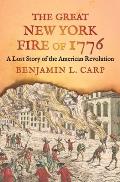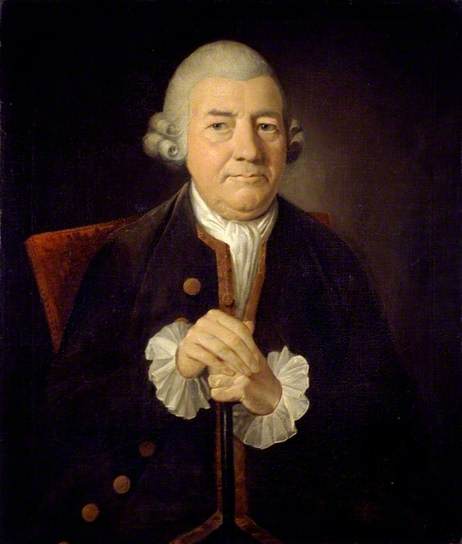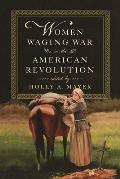“Your poor memorialist is stripped almost naked”
 Within two weeks of seeing the provincial army destroy his house and farm on Noddle’s Island during the Battle of Chelsea Creek, Henry Howell Williams petitioned the rebel government for support.
Within two weeks of seeing the provincial army destroy his house and farm on Noddle’s Island during the Battle of Chelsea Creek, Henry Howell Williams petitioned the rebel government for support.
On 12 June 1775 he told the Massachusetts Provincial Congress (as transcribed in American Archives):
That your memorialist hath, for eleven years last past, dwelt on an island in Boston Bay, commonly called Noddle’s Island, at a very high rent, and in order to pay the same was obliged to keep a large stock of horses, cattle, sheep, &c.; and that during all the years aforesaid hath paid very large taxes for said island, stock, &c., for the support of Government; and hath always endeavoured faithfully to discharge his duty, as a good member of society, towards all men, and all that was theirs.That number of forty to fifty dependents probably included everyone Williams employed at harvest time, not his year-round staff. But he was trying to make the case that his personal loss was a societal problem that justified spending scarce public funds.
That on Saturday, the 27th day of May last, a number of armed troops, commonly called Provincials, came on to said island, by way of Hog Island, and did then and there kill or carry away eight horses and three cows, part of the aforesaid stock, and also burnt and destroyed one dwelling-house and barn, with all the household goods therein contained, wearing apparel, &c.
That on Monday, the 29th of May, the same or another number of said armed troops, came again on to said island, and then and there did burn and destroy two other dwelling-houses, goods, &c., and three barns; and at the same time did take away and drive off from said island about five hundred old sheep, and about three hundred and forty lambs, with between thirty and forty head of horned cattle, the property of your memorialist, together with a further number of horses, hogs, &c., &c.
And that on Tuesday, the 30th day of May aforesaid, they entered again on to said island, and then and there proceeded and burnt your memorialist’s mansion house, with all the barns, corn-houses, and store houses, stores, provisions, goods, house furniture, wearing apparel, liquors, and utensils of all sorts, to a very considerable amount and value:
And on Saturday, the 10th day of June, instant, entered again, and burnt and destroyed the warehouse, the last building on said island, by which means your poor memorialist is stripped almost naked, and destitute of any place to lay his head, with a very large family of children and servants, to the amount of between forty and fifty in number, that are destitute of any business or supplies but from your memorialist.
These are therefore to request your Honours will take his most distressed circumstances into your wise consideration, and make such order thereon as in your wisdom shall seem meet…
It looks like Williams had given up hope of having the congress help retrieve his livestock. In fact, the rebel government was already assigning horses from Noddle’s Island to the war effort. The sheep, cattle, and hogs went toward feeding the troops. Figuratively, it was too late to close that barn door.
Then the Battle of Bunker Hill happened five days later, giving the Provincial Congress a lot of other things to deal with.
TOMORROW: Animal tracks.











.jpg/161px-Capitol_cupola_Colonial_Williamsburg_(6544791097).jpg)




